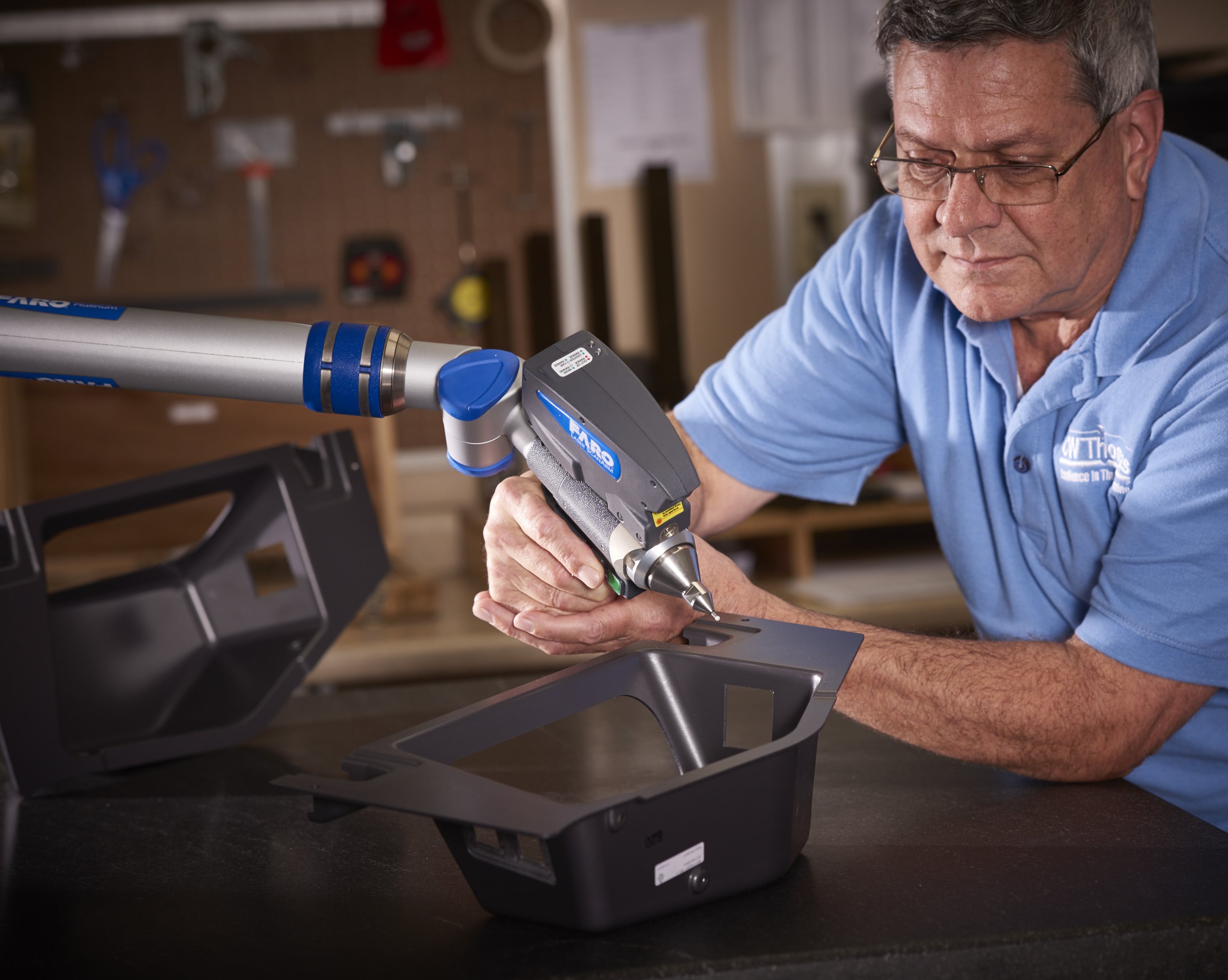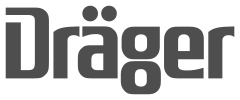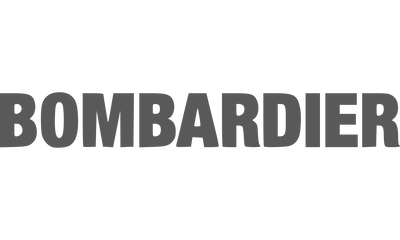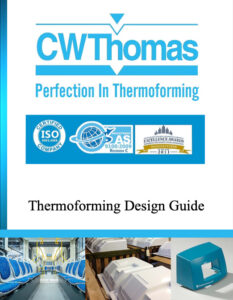Thermoforming is a versatile and efficient method for manufacturing high-quality plastic components across industries. For engineers, understanding the nuances of this process can significantly impact design success and overall production efficiency. CW Thomas, a leader in the thermoforming industry, has developed a detailed Thermoforming Design Guide to help engineers optimize their designs and ensure manufacturing success.
This guide covers crucial aspects of thermoforming, including mold design, material selection, draft angles, radii, and other critical factors that influence the outcome of thermoformed parts. Below, we’ll explore some key sections of the guide and highlight how it can be an invaluable tool for design engineers.
Why Thermoforming?
Thermoforming is an adaptable plastic molding process ideal for creating a wide range of parts, from packaging to durable structural components. Whether you’re designing prototypes or large-scale production parts, thermoforming offers advantages such as:
- Cost efficiency for low- to medium-volume production.
- Large part capability without expensive tooling.
- Design flexibility with multiple materials and finishes.
- Durability in both low-stress and high-impact applications.
CW Thomas’s Thermoforming Design Guide offers insights into how you can leverage these benefits to optimize your design and manufacturing processes.
Key Considerations in Thermoforming Design
The thermoforming process has several critical design elements that engineers must account for to ensure product quality. Here are some of the most important considerations detailed in CW Thomas’s guide:
1. Material Selection
Different thermoplastics behave uniquely during the thermoforming process, and selecting the right material is essential for your application. The guide offers comprehensive information on popular materials like:
- Acrylonitrile Butadiene Styrene (ABS) for strength and impact resistance.
- Polycarbonate (PC) for high clarity and heat resistance.
- Polyvinylchloride (PVC) for fire resistance and rigidity.
Each material has unique properties affecting formability, durability, and finish, making material choice a crucial step in the design phase.
2. Mold Design
Mold design is a pivotal factor in determining the success of thermoformed parts. The guide emphasizes key aspects of mold design:
- Male vs. Female Molds: Different design requirements based on the type of mold.
- Cooling Systems: Proper cooling techniques to ensure uniformity and part quality.
- Tolerances: How mold tolerances affect part dimensions and overall accuracy.
The guide recommends aluminum as the material of choice for molds due to its high thermal conductivity, ensuring consistent cooling and better dimensional stability.
3. Draw Ratios and Plug Assists
The draw ratio is critical in determining the thickness of your final part. The guide explains how to calculate draw ratios and provides recommendations to help avoid excessive thinning in deep-draw parts. Additionally, using plug assists can prevent webbing and uneven material distribution, particularly in parts with complex geometries.
4. Draft Angles and Radii
When designing thermoformed parts, draft angles and radii are essential for ensuring the part releases from the mold without damage. The guide advises:
- Minimum 2-degree draft angles for male molds to assist with part release.
- Increasing the radius at the bottom of deep-draw parts to prevent thinning and material stress.
By carefully planning for proper draft and radii, engineers can improve the manufacturability and durability of thermoformed parts.
5. Fastening and Assembly
Thermoforming allows for innovative fastening solutions, including molded-in inserts and undercuts. CW Thomas’s guide details how to incorporate these features into your design to ensure structural integrity while minimizing assembly costs. Molded-in inserts can be a cost-effective way to add fasteners without requiring additional processing steps.
Thermoforming Applications in Engineering
Thermoforming is used in a wide array of industries, from aerospace and medical devices to automotive and electronics. The design guide includes examples of common thermoformed products across sectors, such as:
- Enclosures for electronic equipment.
- Interior trim panels in transportation vehicles.
- Baggage racks and seating components for mass transit.
For engineers working in any of these fields, understanding the design principles in thermoforming can streamline the production process and reduce time-to-market.
Download the Full Thermoforming Design Guide
The Thermoforming Design Guide by CW Thomas is a must-have resource for engineers looking to maximize the efficiency and quality of their thermoformed parts. Whether you’re involved in material selection, mold design, or optimizing for cost-effective production, this guide covers everything you need to know.
Download the full Thermoforming Design Guide today to:
- Access detailed material properties and formability data.
- Learn about the latest advancements in thermoforming technologies.
- Gain insights into industry best practices for mold design, tolerances, and finishing techniques.
Don’t miss out on this essential tool for design engineers. Click here to download the complete guide and ensure your next thermoforming project is a success.









